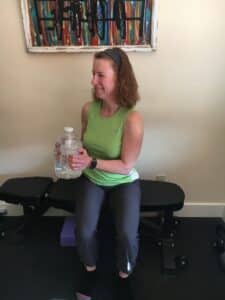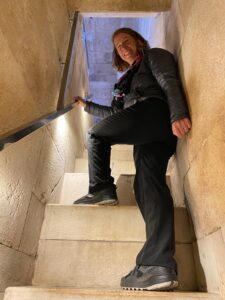Growing up in Michigan, I was fascinated by the mountains, especially the Alps in Switzerland. “The Sound of Music” movie and “Heidi” cartoons embedded images of snowcapped peaks into my developing brain. Perhaps I’m biased, but I suspect that those who live in the flatlands dream more often and more vividly of hiking in the Alps!
Which is why I put together specific training recommendations for “flatlanders” who are planning hiking holidays in Switzerland, whether it’s in the Bernese Oberland, the Haute Route or Tour du Mont Blanc. Preparing so that you can the make the most of this type of trip does take a bit of creativity and tenacity. The payoff is days filled with amazing views, then waking up each morning ready for more!
In addition to the foundational training of walking and hiking multiple times a week, if you live in a place without mountains, you should include these 3 elements to your routine:
1. Strength
2. Stairs
3. Hill Repeats
Pump Up Your Strength Training
Incorporating strength training as you prepare for a hiking tour in the Alps will pay off with increased endurance and reduced risk of injury. Building leg strength is especially important for flatland training so you’ll more stable and less tired for those long alpine climbs and descents.
You don’t need fancy equipment or a gym membership – in fact, it’s a good idea to use your backpack as the extra weight to increase resistance. You can start with just a few light items in your pack and add more as you get stronger.
Three classic leg strength building exercises form the foundation of this element of training:
– Squats – be sure to keep your weight back in your heels and don’t let your knees go out past your toes as you lower down. If you’re anxious about falling backwards, do squats in front of a chair or even your couch!
– Lunges – these can be a little tricky if you haven’t done them in a while (or ever). You can start in a static lunge position – one foot about 2.5 feet or so in front of the other – and lower until your knees are close to a 90-degree angle, then press through your front heel and back toe to come up.
– Calf raises – you can do these just about anywhere, even as you’re standing in line at the grocery store! Simply rise up onto the balls of your feet and hold there for a few seconds, then lower your heels back to the ground.
The fourth lower body exercise I recommend helps your hips and glutes prepare for the uneven terrain and angles you’ll encounter on the trails.
– Side steps – you can start simple with these and add resistance or extra challenge if it feels too easy. The basic move is just like it sounds – step out to the side a couple of feet, then step your feet together, and then step to the other side. You can add resistance by putting an exercise band under your feet and holding the ends up by your hips. Or you can put on your pack and bend your knee while lowering your butt back for a side lunge.
A strong core will also help you fight fatigue and provide additional stabilization as you hike. The muscles in your abs and back are key to keeping you stable and upright as you twist and lean. They’re also used as you’re putting on and taking off your backpack.

Two basic exercises will help you strengthen your core:
– Plank – Remember to keep your abdominal muscles tight and tailbone tucked, don’t let your lower back arch. You can start by doing a plank against a wall, then on the floor with your knees on the ground, and work your way up to being on forearms and toes. Hold the plank with good form for as long as you can, then add a few more seconds each time to get to 1 minute.
– Seated side twists – Sit in a chair and hold a weight (a gallon jug of water or your pack) in front of you with your upper arms at your sides and elbows bent at 45 degrees. Turn your torso at your waist as if you were going to pass the weight to someone next to you, then turn back to the middle, and then turn to the other side.
Climbing Your Stairway to a Heavenly Hike
Stairs are popular tools for training for mountain hikes – especially during bad weather stretches or those days when getting out to a trailhead isn’t feasible. And if you don’t have many hills nearby, stairs become even more important for simulating the ups and downs. The dreaded Stairmaster is an option – though not actually the best one. On most hikes, you’ll be going up AND down. On the Classic Tour de Mont Blanc, day 7 has 3,360 feet of elevation gain and 4,830 feet of elevation loss, aka downhill. Training for the down is as important as training for the up!
So find a stairway or two that you can easily access and learn to love. Okay, maybe not love, but at least tolerate. Options might include:
– Outdoor stadiums at the local high school, fairgrounds or amphitheater
– Office buildings
– Apartment or condo buildings
– Public buildings like libraries

Start by doing just a few flights 2-3 days a week, and add more gradually each week. To mix it up – and further work your hips – go up and down sideways. Turn to face the railing, step one foot up and then bring the other one to the same step. Switch sides on the next flight. Also add in skip-steps when you feel ready – step past the first step to the next one up.
And wear your pack! Start off with just a few light items, and add more over the weeks that you’re training.
Your Hill to Hike On
Even if you live in what you think is the flattest place on earth, you probably have at least a small hill or ramp nearby. This is where you may need to get creative … is there a bridge or overpass in the area? I lived in the Outer Banks of North Carolina for a while – the land itself is pretty darn flat, but the bridges have some good grades! And walking up sand dunes is great training for hills. You might be surprised to find a hill on a nearby road or trail that actually has 100-200 feet of elevation change. Check out hiking apps like AllTrails and Hiking Project to find “moderate” hikes, or check with staff at your local outdoor store.
Try to find at least 2-3 options you can use for hill repeats – going up and down as many times as you need to reach your elevation change goal. For example, on the Classic Bernese Oberland Traverse, several days include elevation gains and losses of 3,000-4,000+ feet. So if your local hill is about 200 feet of elevation change, you’ll want to work your way up to doing 20 repeats. Start with doing up to 500 feet worth of repeats, and add 200-300 feet per week. Hopefully you can find some other hilly trails within a reasonable distance to mix it up a bit more! Or plan a few road trips to the closest mountains.
And of course, carry your pack with plenty of water for the hill repeats. If you’re planning to use trekking poles for your trip – which I highly recommend – then use those on your hill hikes.
Beating Boredom
Seemingly endless stairs and hiking the same hill over and over again may not sound appealing, but the payoff when you are actually hiking in the Alps will be huge! Here are a few ideas to beat the boredom:
– Find a podcast to binge
– Listen to audio books
– Learn a language – pick one of the four spoken in Switzerland!
– Talk to a friend – in person or by phone
– Sing along to the Sound of Music soundtrack (just kidding)
When you land in Switzerland and look up at the snowcapped peaks, you’ll be happy that you’re ready to make the most of your holiday!
Content created by Becki Rupp and Trailblazer Wellness, LLC, is for informational purposes only and may not be the best fit for you and your personal situation. Information included in these posts shall not be construed as medical advice. The information and education provided here is not intended or implied to supplement or replace professional medical treatment, advice, and/or diagnosis. Always check with your own physician or medical professional before trying or implementing any information read in our blog posts.







